Lewis worked under trying and difficult situations. While it is clear that he was only able to devote a portion of his time to the effort, what he did is widely respected. It should be noted however, that in 1811, Thomas Nuttall of England, went up the Missouri River and collected several hundred more specimens than Lewis and Clark did in 1804. In 1834 and 1835 Thomas Nuttall came to the Rocky Mountains of Idaho, Oregon and Washington and collected hundreds of specimens. Many of the plants that Lewis and Clark found, that were not named in Lewis’ time were subsequently named by Thomas Nuttall from his own collections.
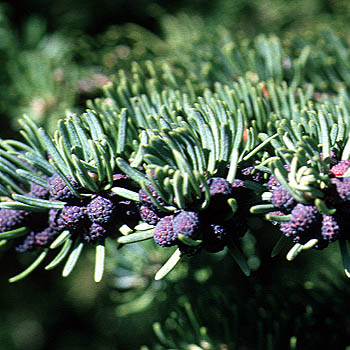

When he wrote his 1832 paper, Rafinesque did not see actual specimens. He knew about the plants only from the 1814 Biddle publication of Lewis’s descriptions. Provided here is the full text of that paper with commentary.
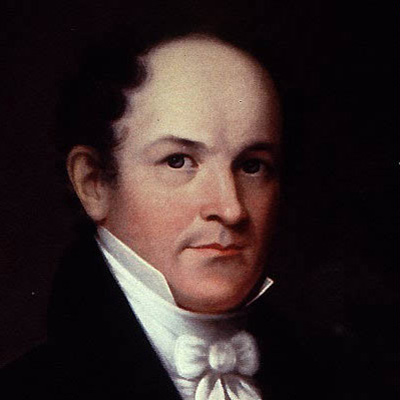

Everywhere Nuttall went he found new and curious plants. Unlike most who came before him, he collected even the unattractive plants. From him, long-leaved sage and white sage, first collected by Lewis, became known to science.
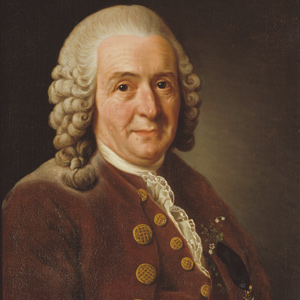

Even in Lewis and Clark’s day, new species were being classified using a system developed by naturalist Carl Linnaeus.
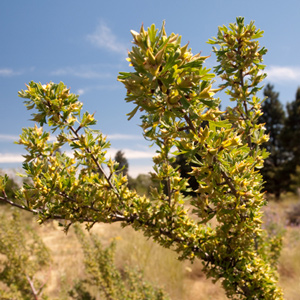

During the winter of 1807-1808, Pursh lived at the home of Bernard McMahon in Philadelphia. Here he worked on the drawings and descriptions of Lewis’s western plants.
The Woodlands
Repository of plant specimens
by Catharine P. Fussell, Joseph A. Mussulman, Timothy Preston Long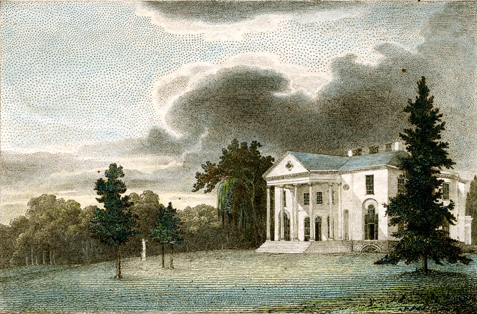

Lewis sent plant specimens to William Hamilton who cultivated them in his garden at The Woodlands outside of Philadelphia.
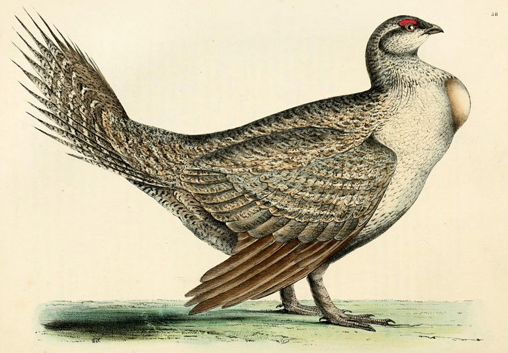

David Douglas returned to England with many hundreds of flora and fauna specimens to process. During his stay he wrote or contributed to more than a dozen scientific papers, several of which build on the seminal first collections of Lewis and Clark.
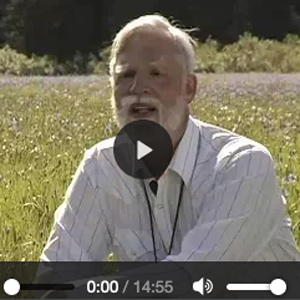

This interview with botany Professor James Reveal recorded at Packer Meadow near Lolo Pass analyzes the botany of Lewis.
